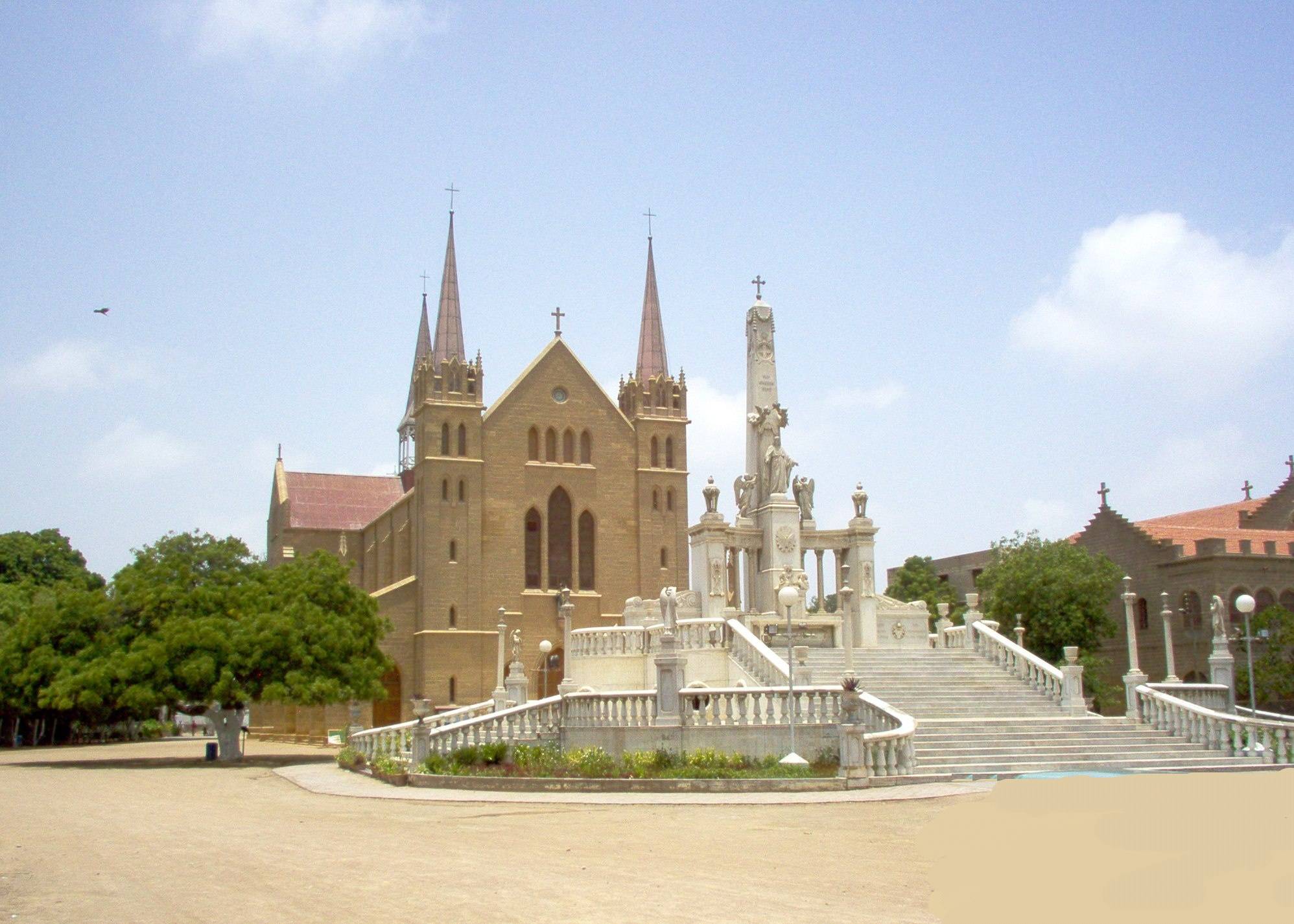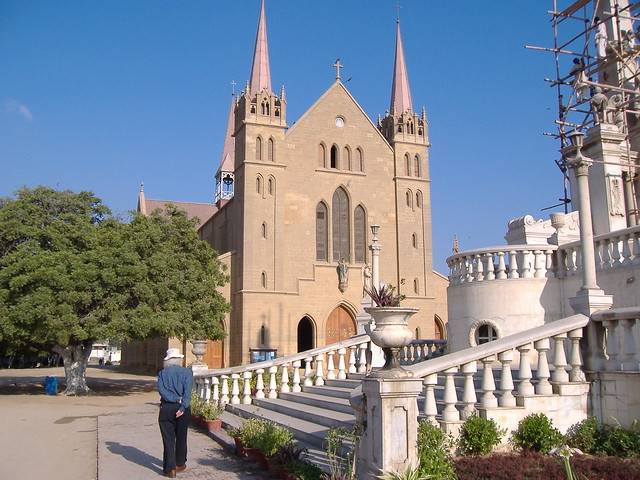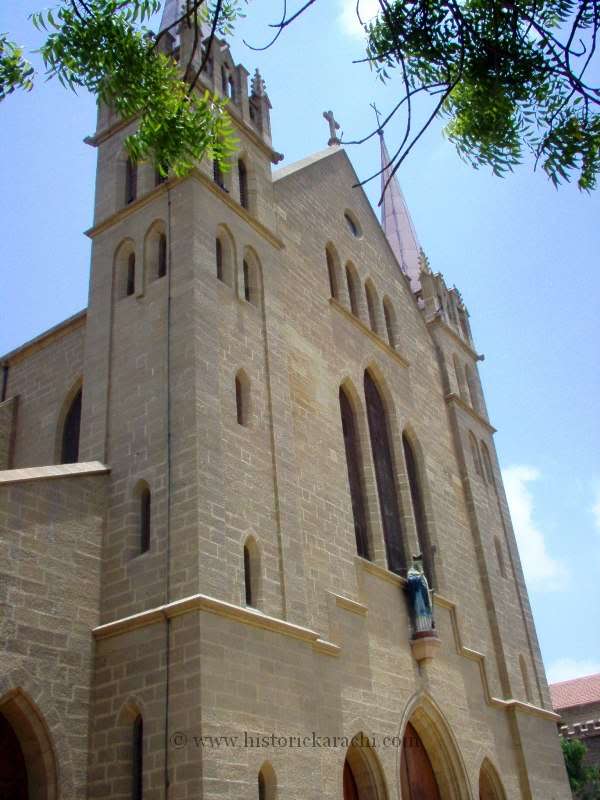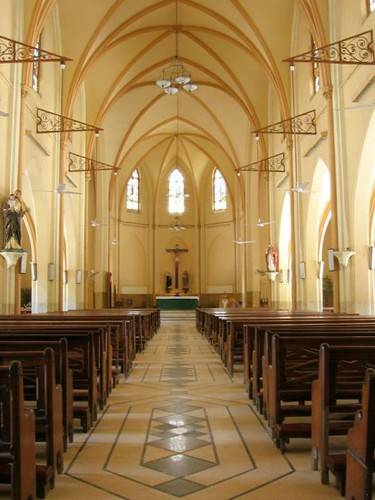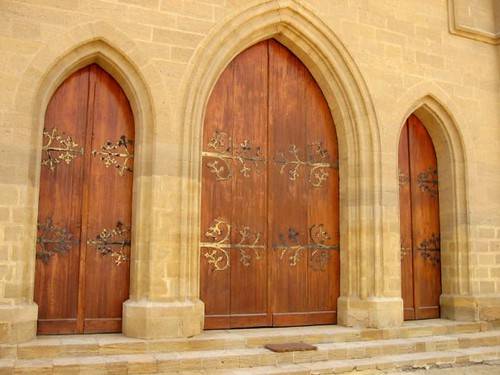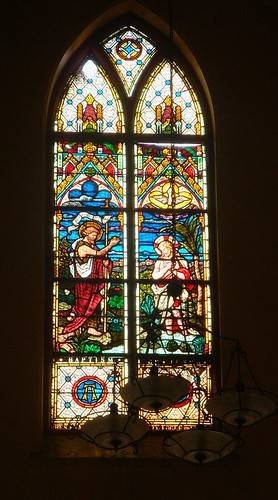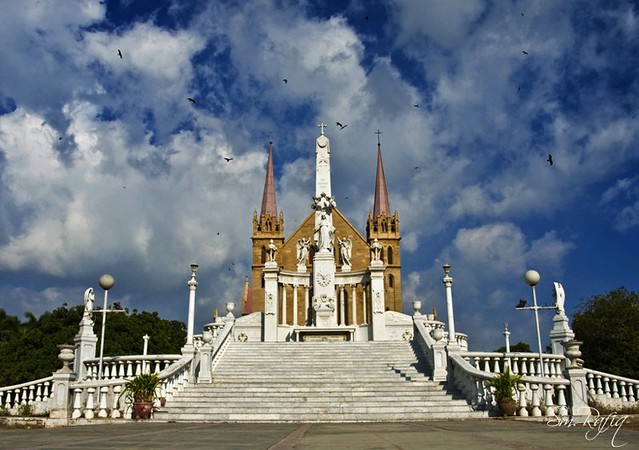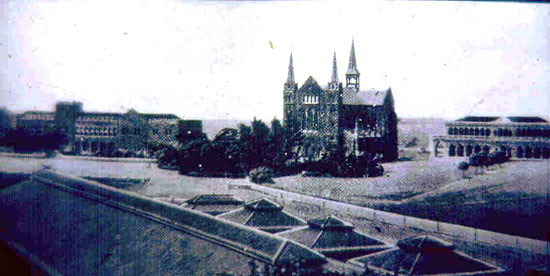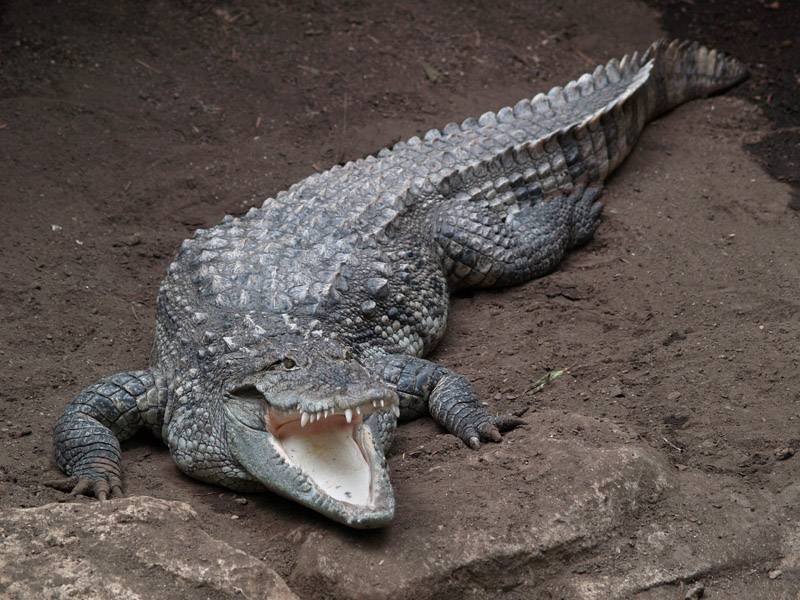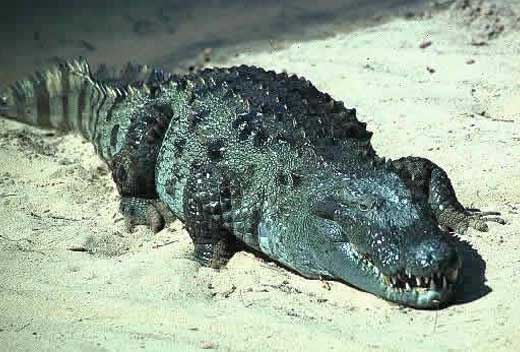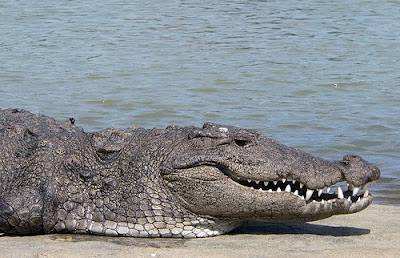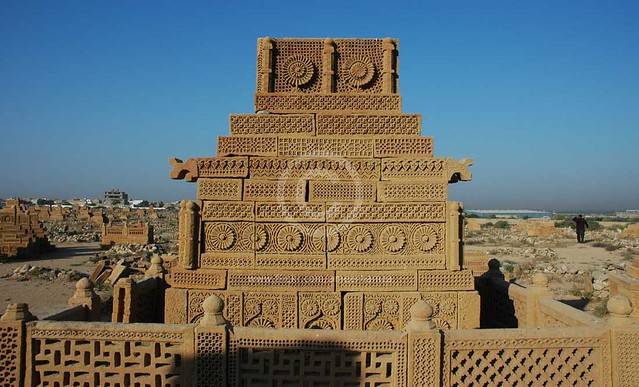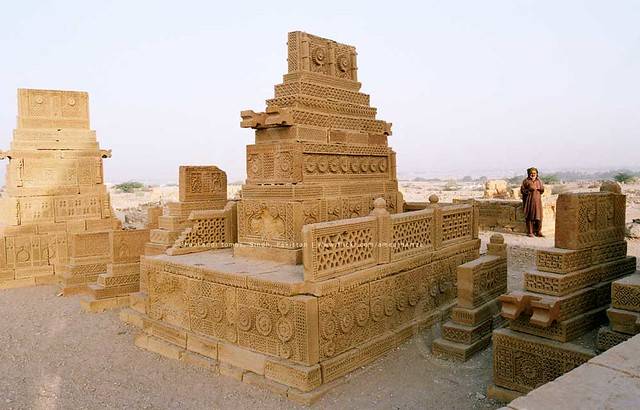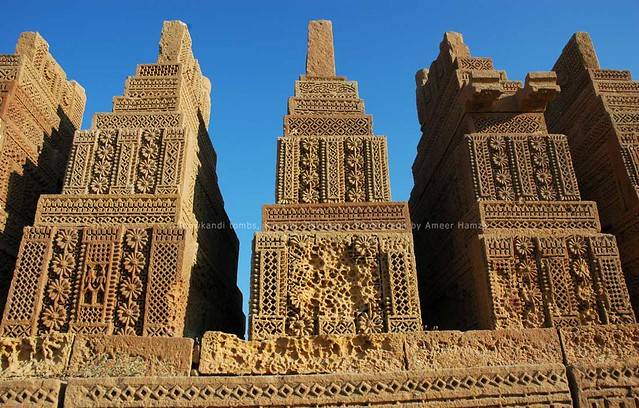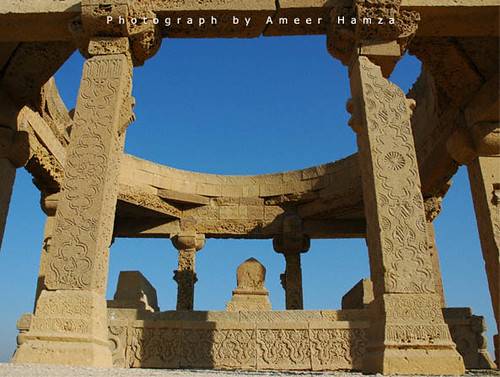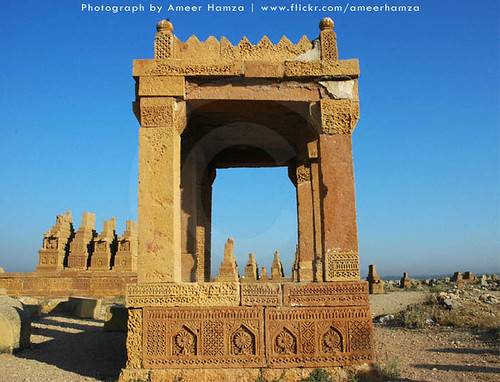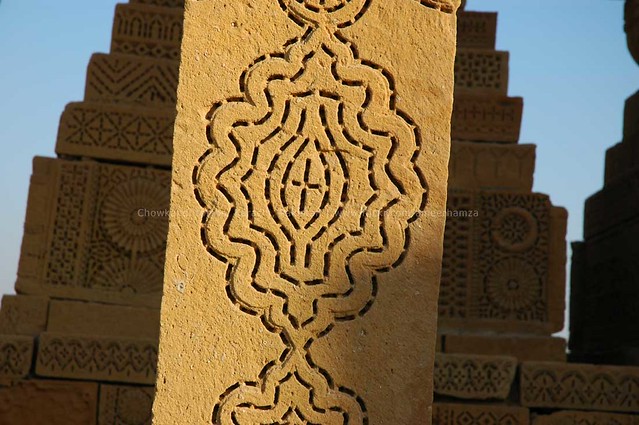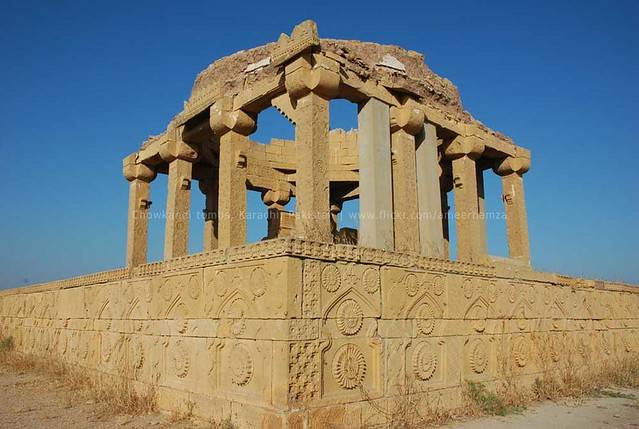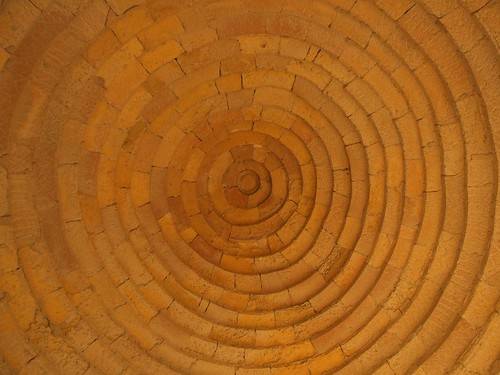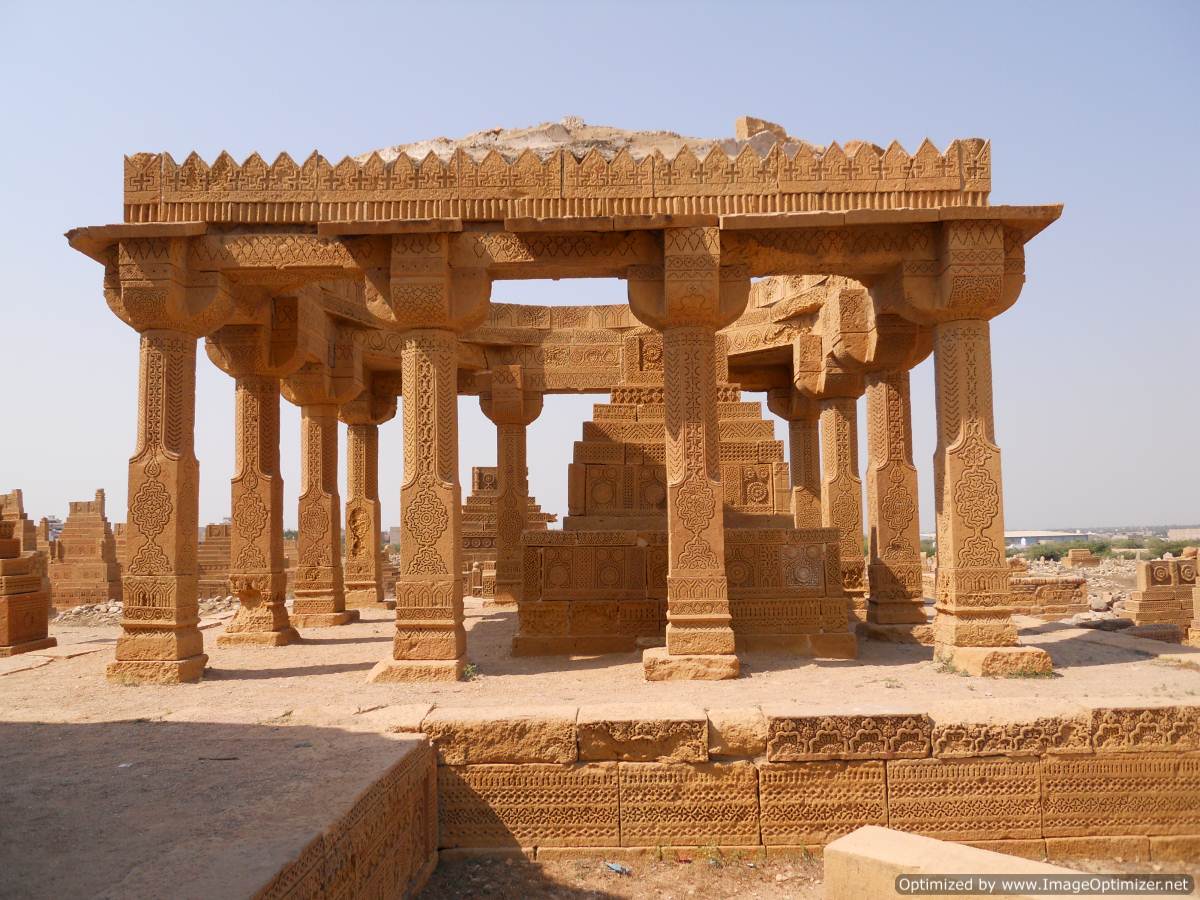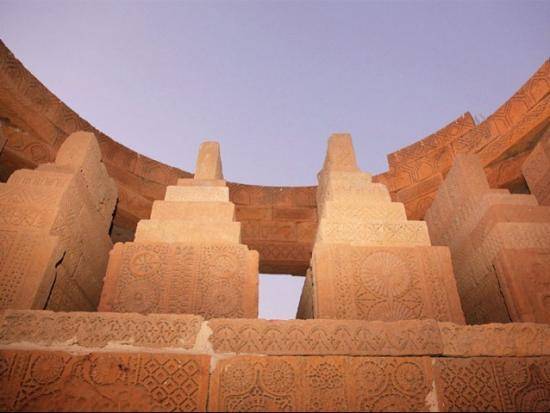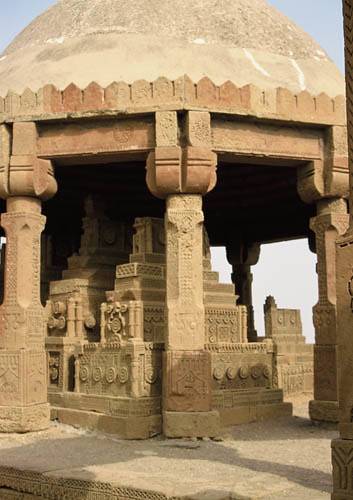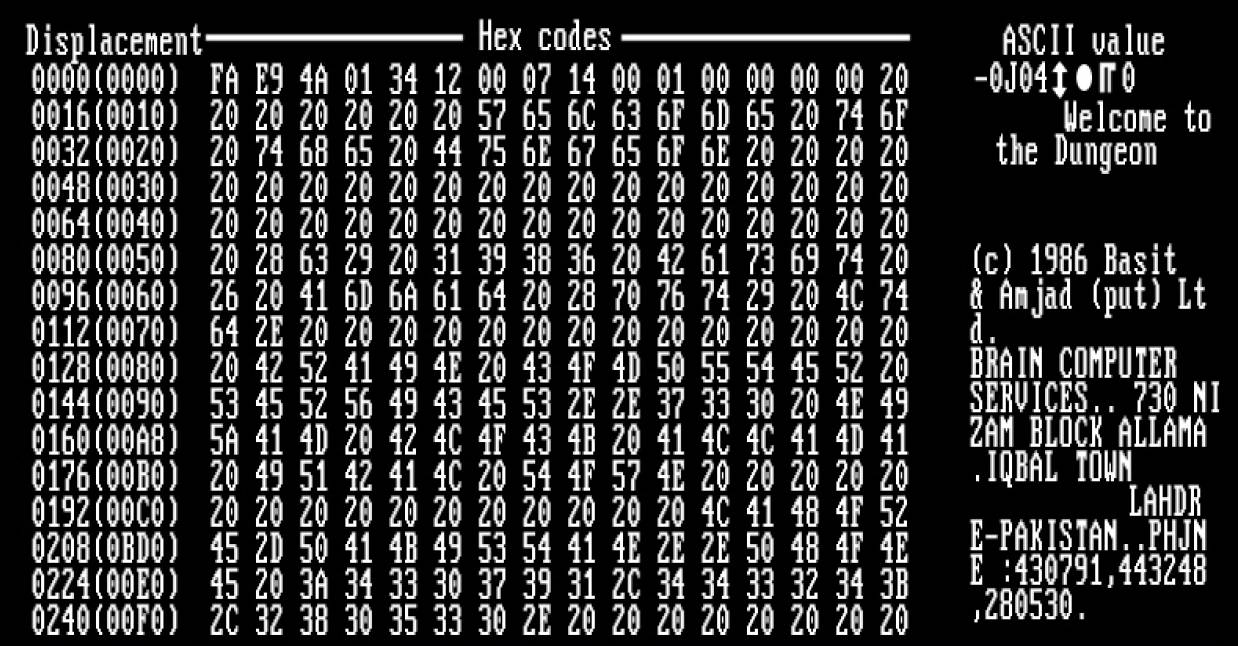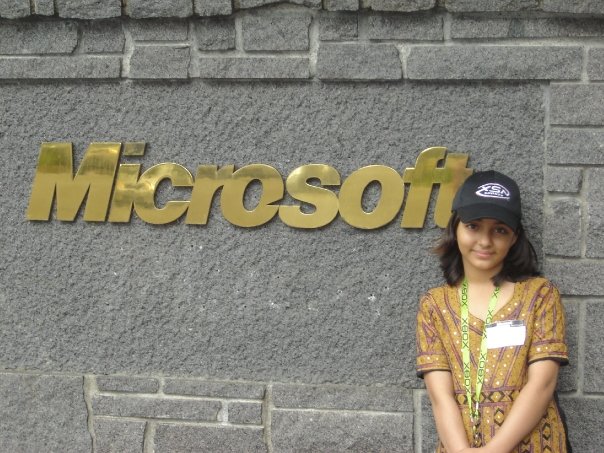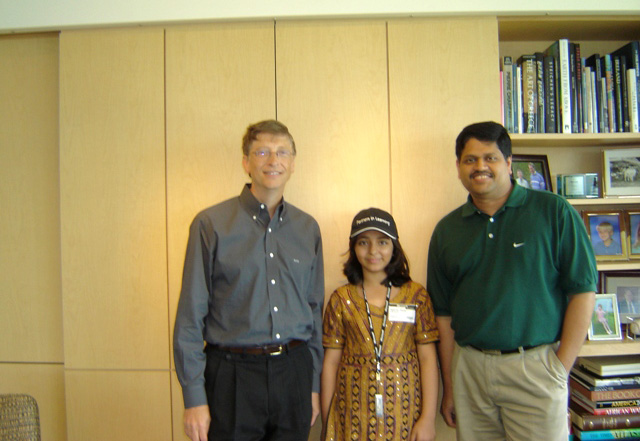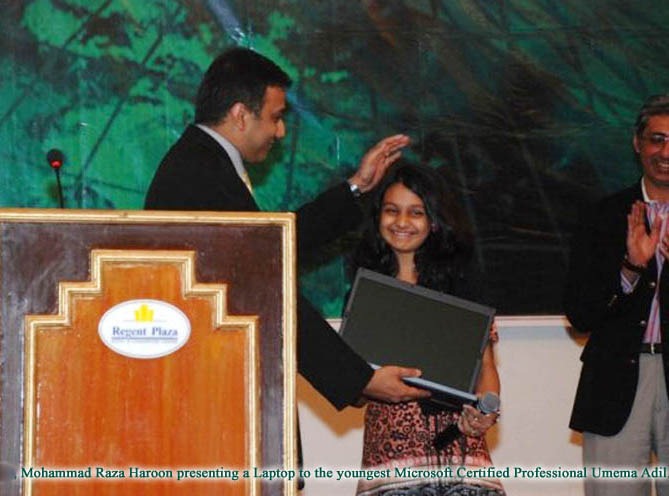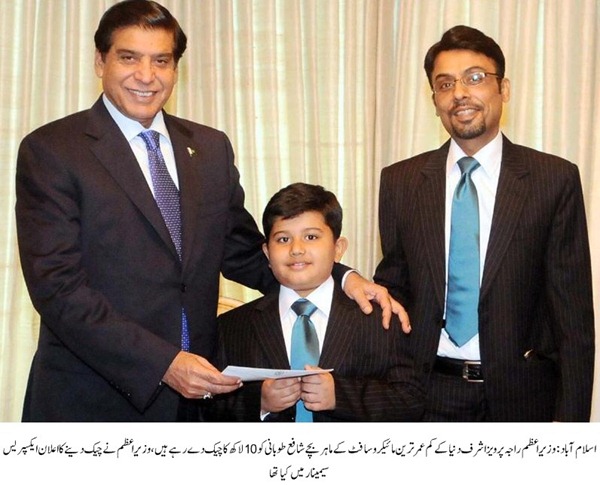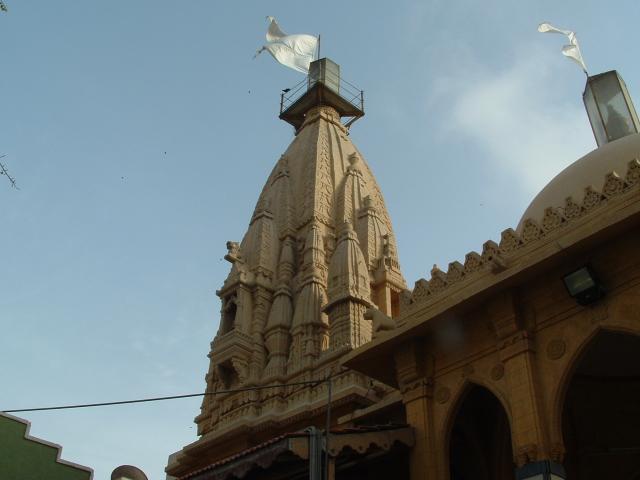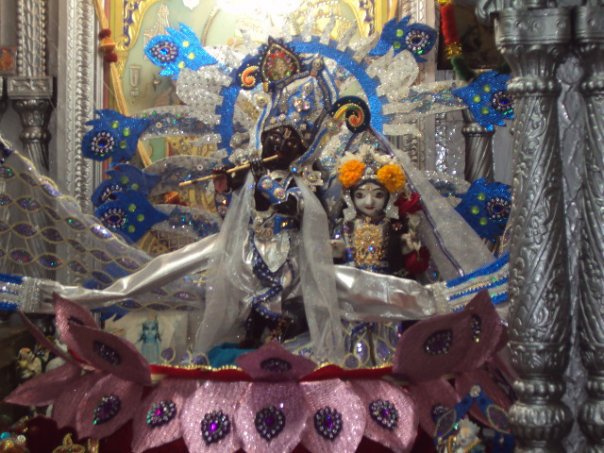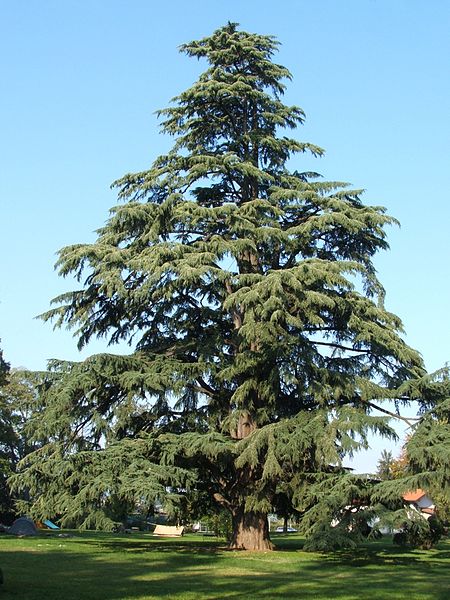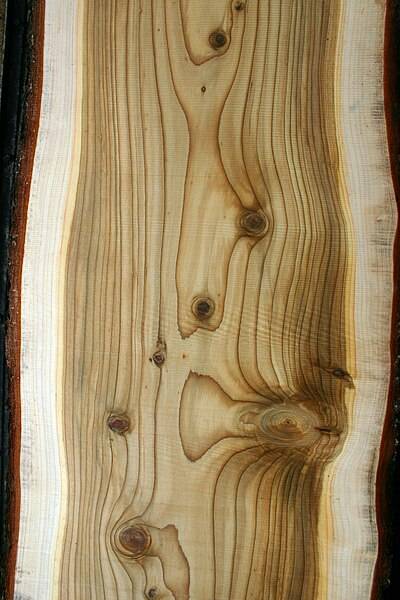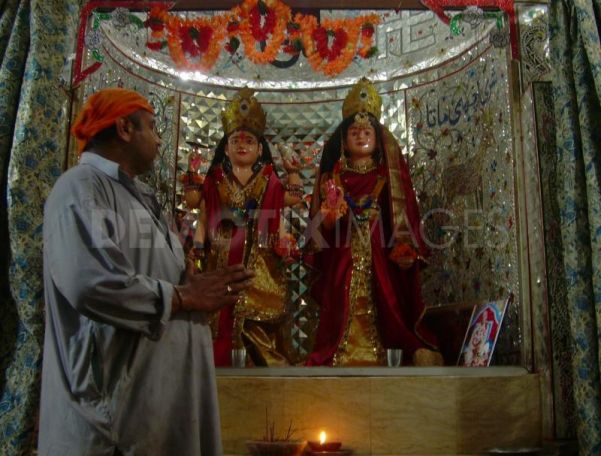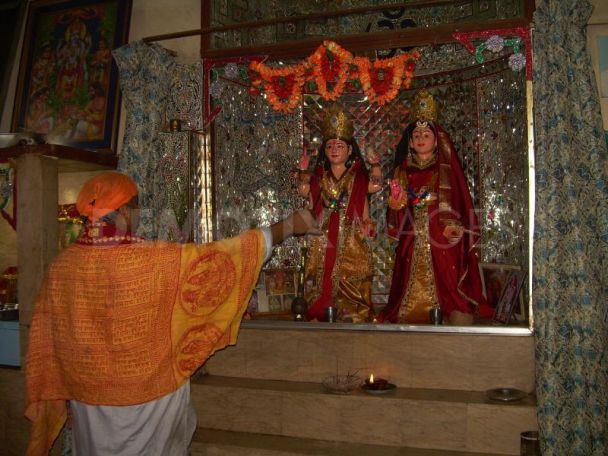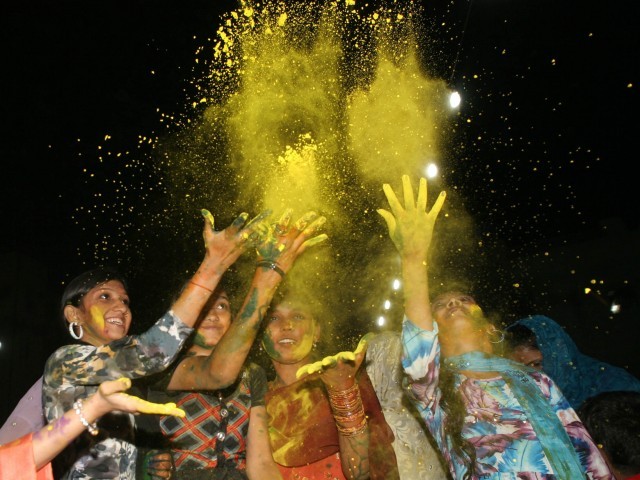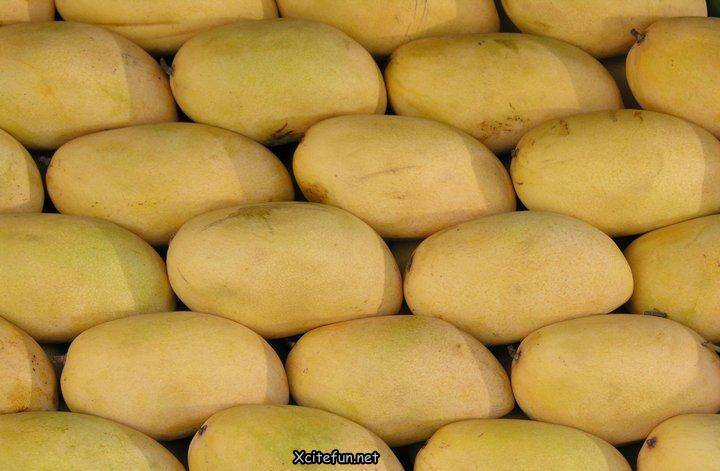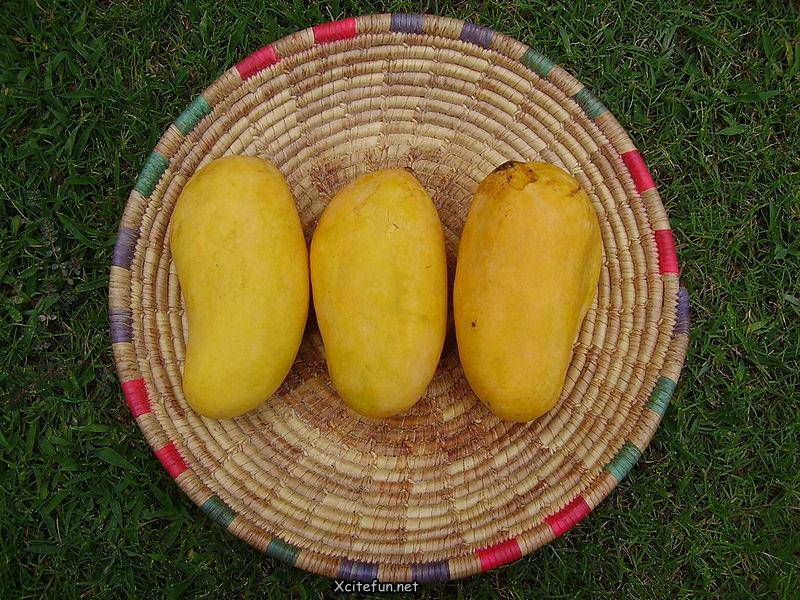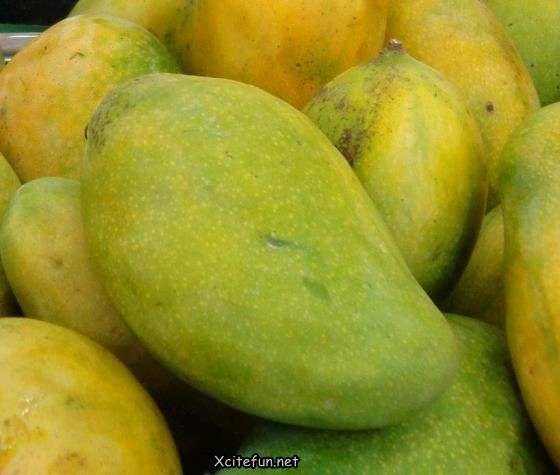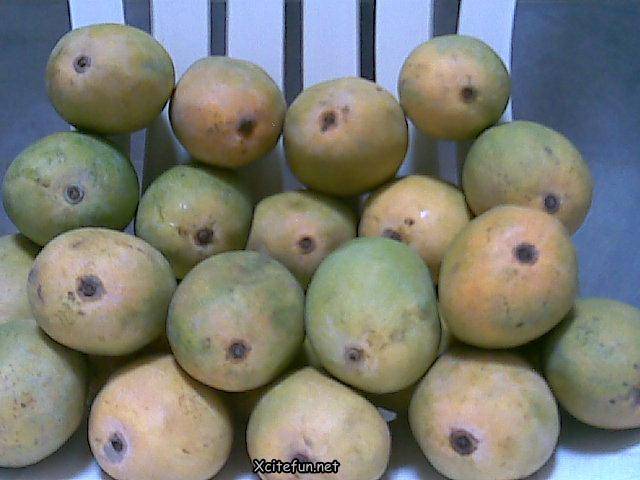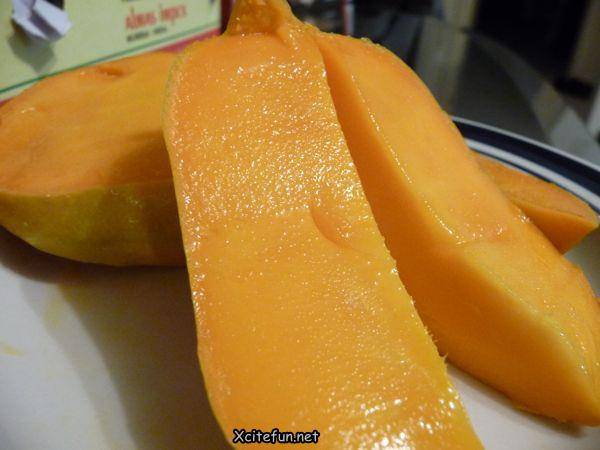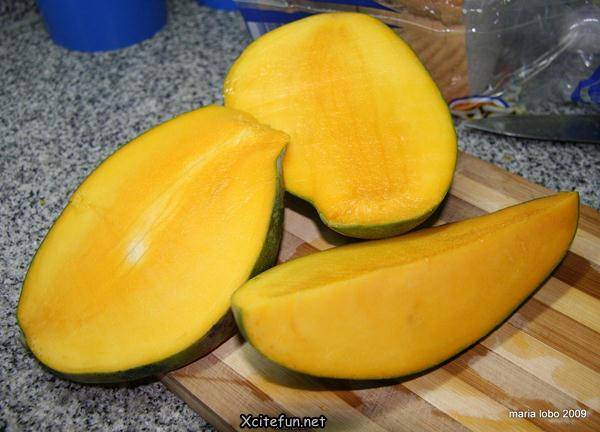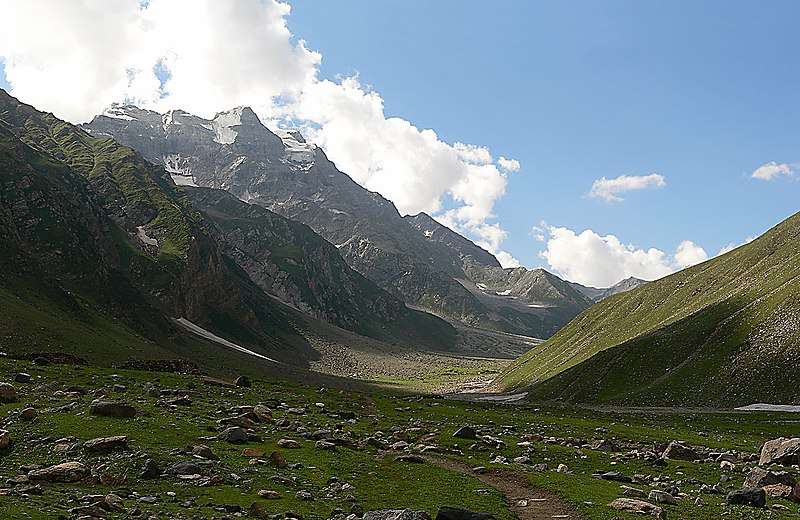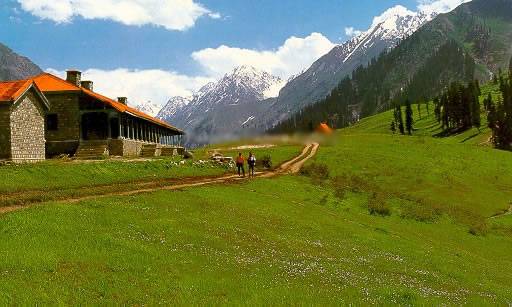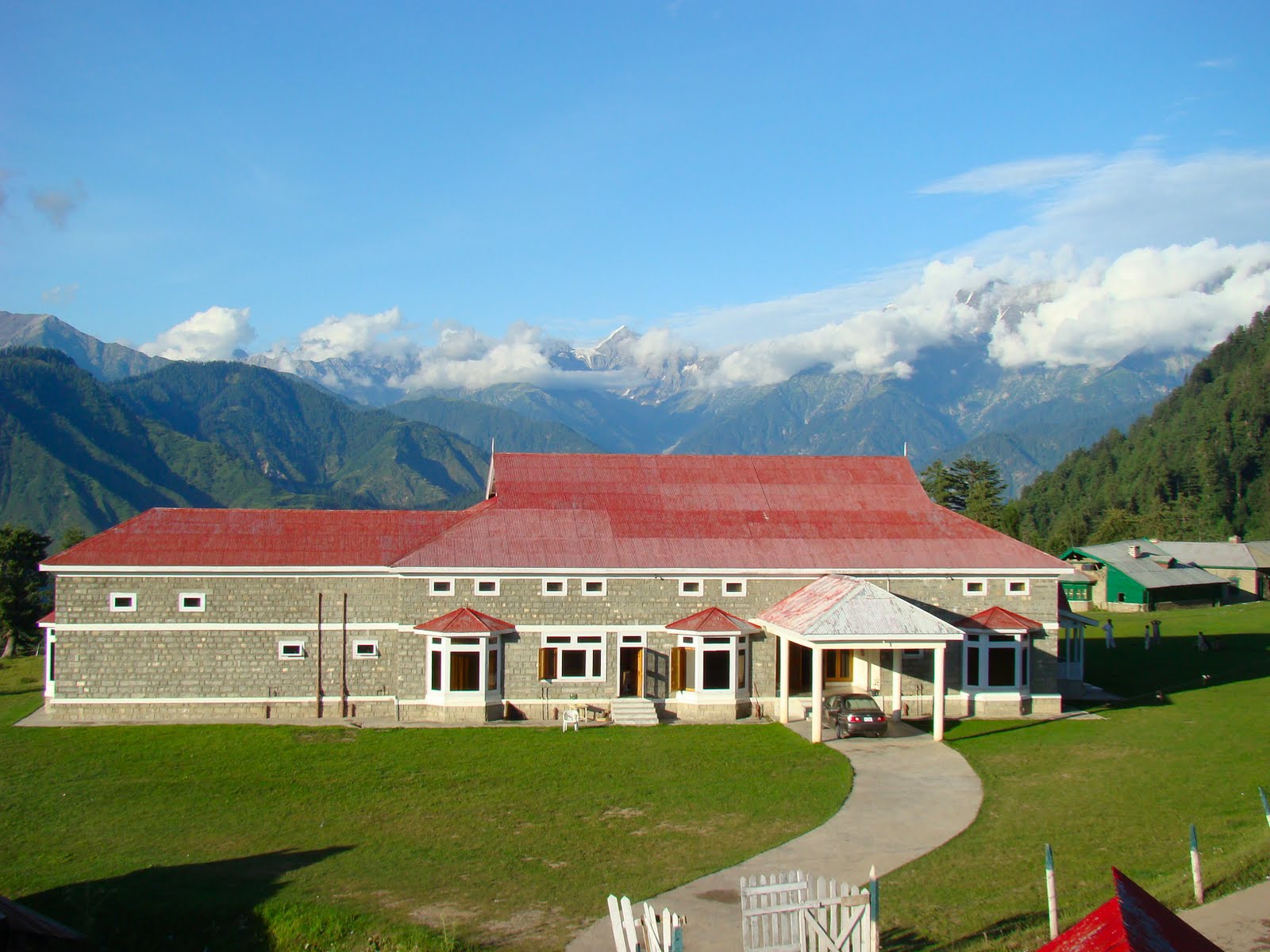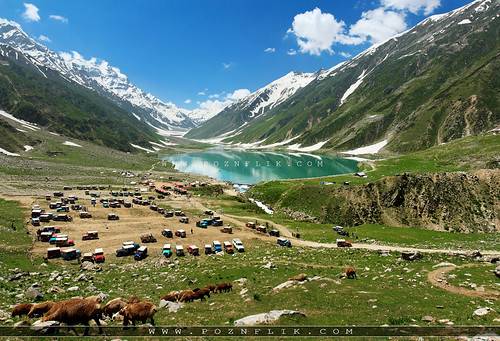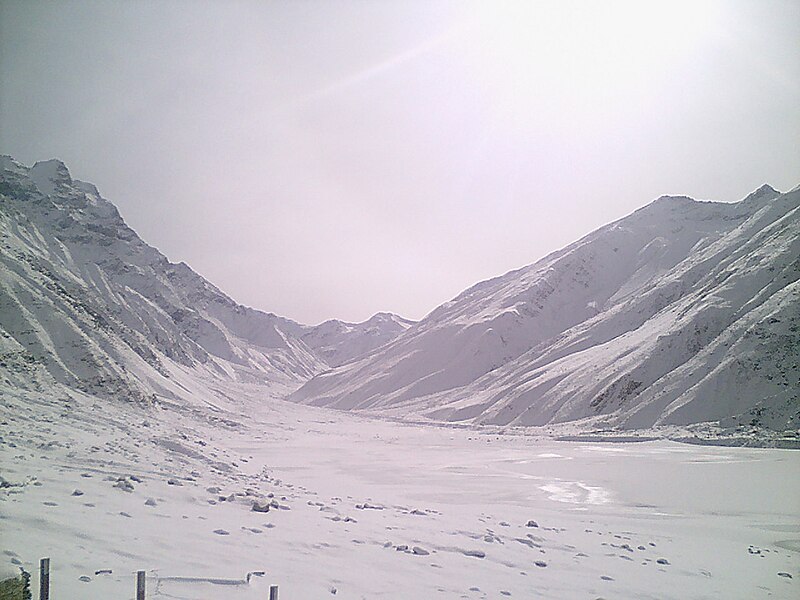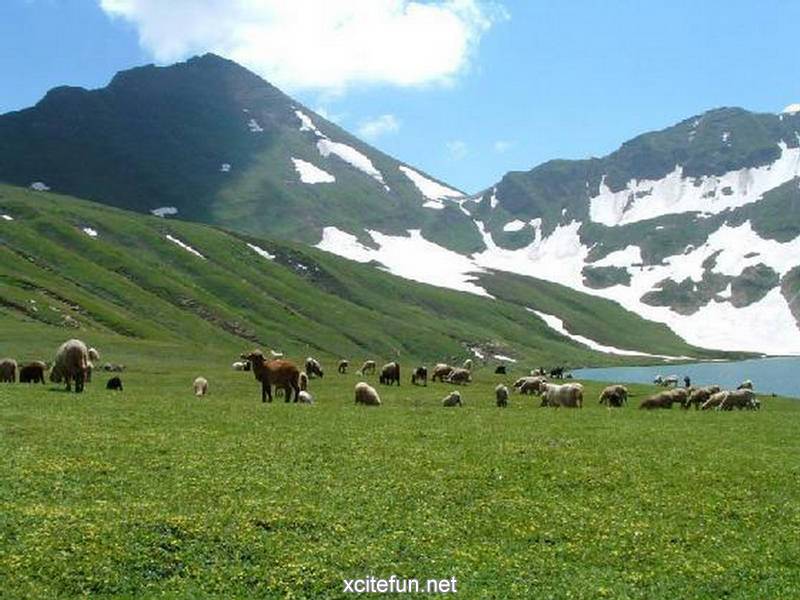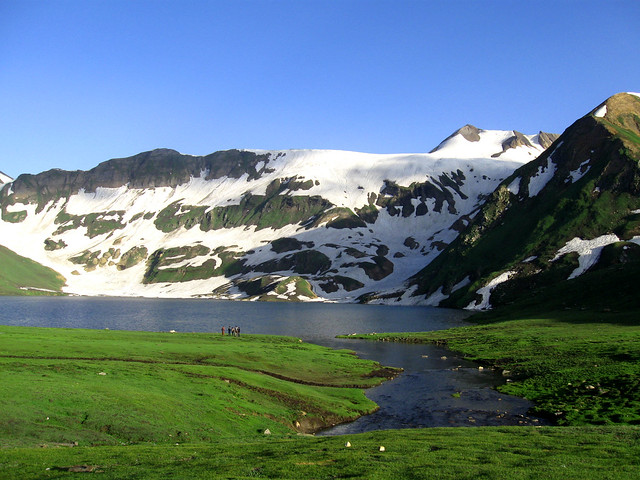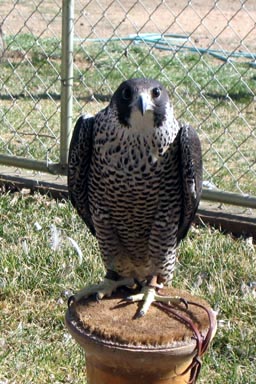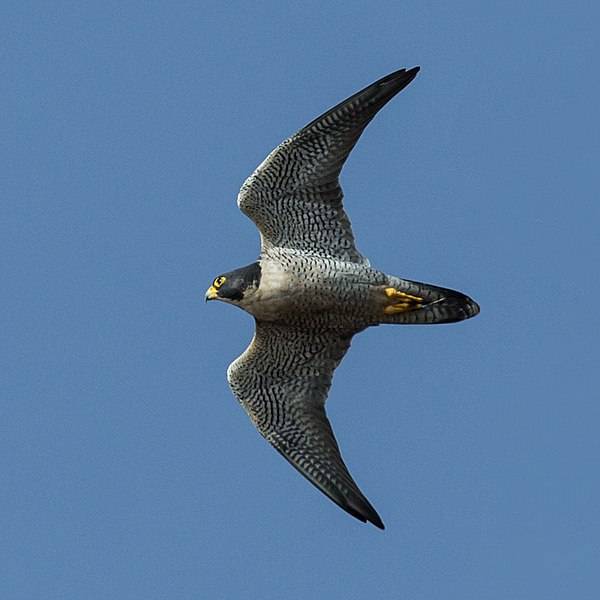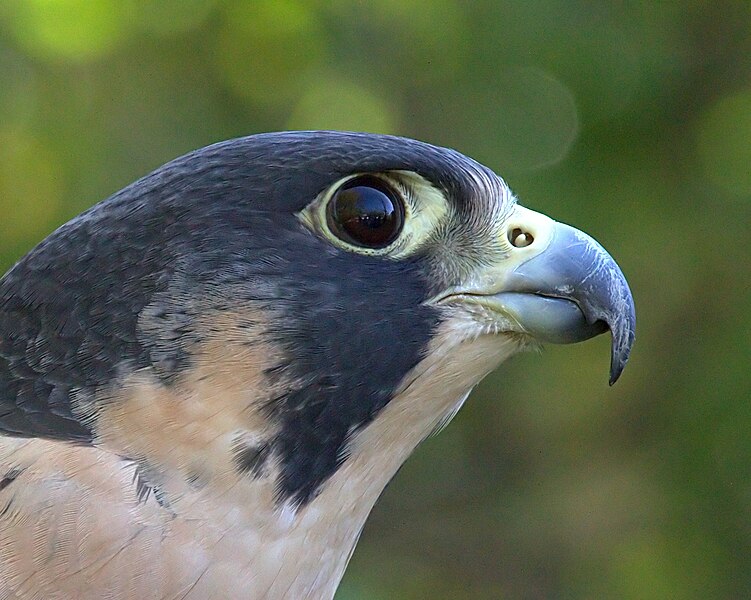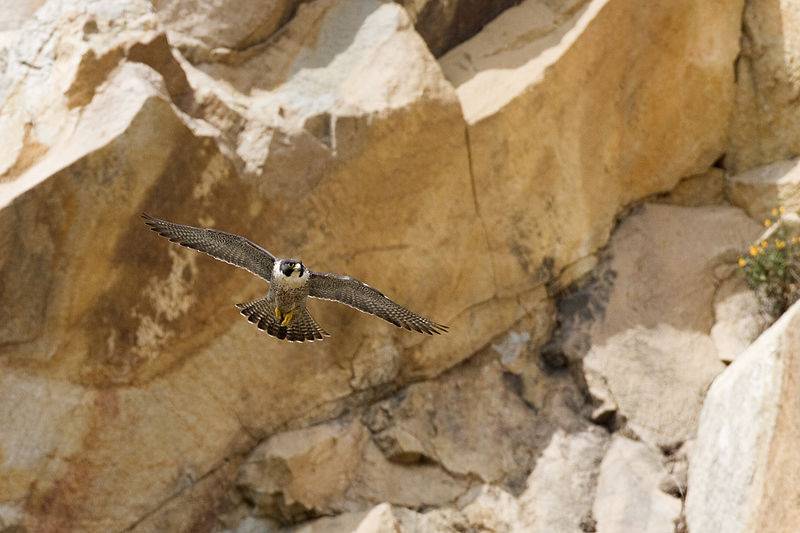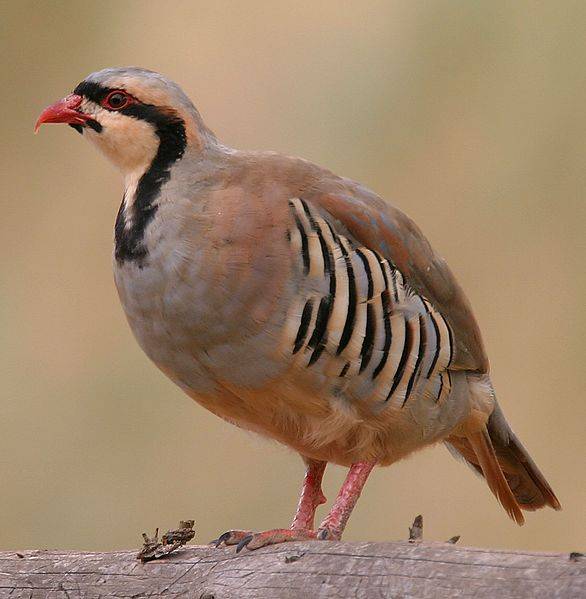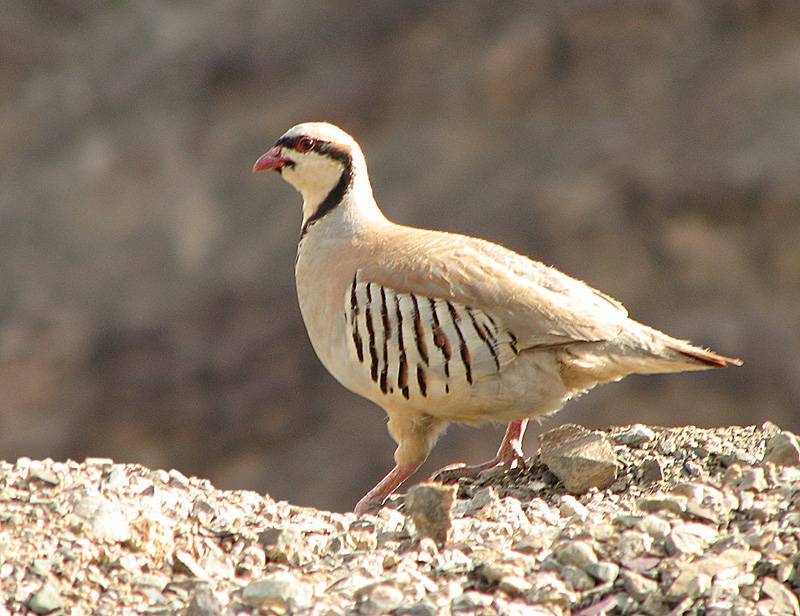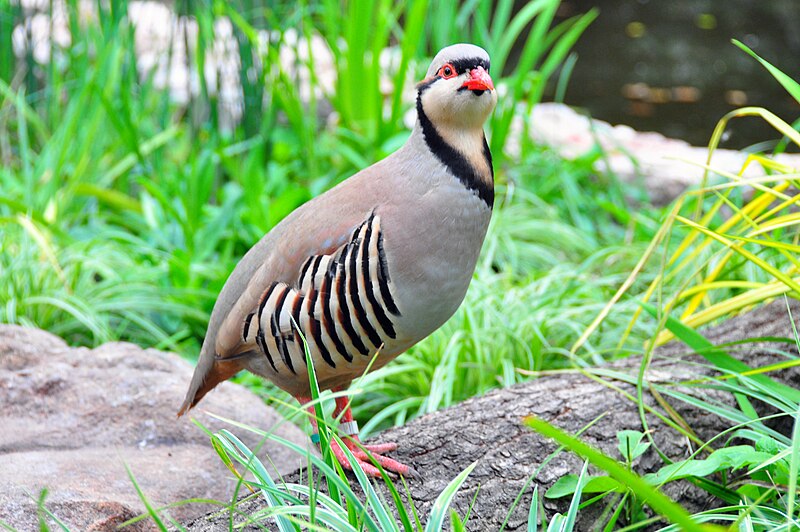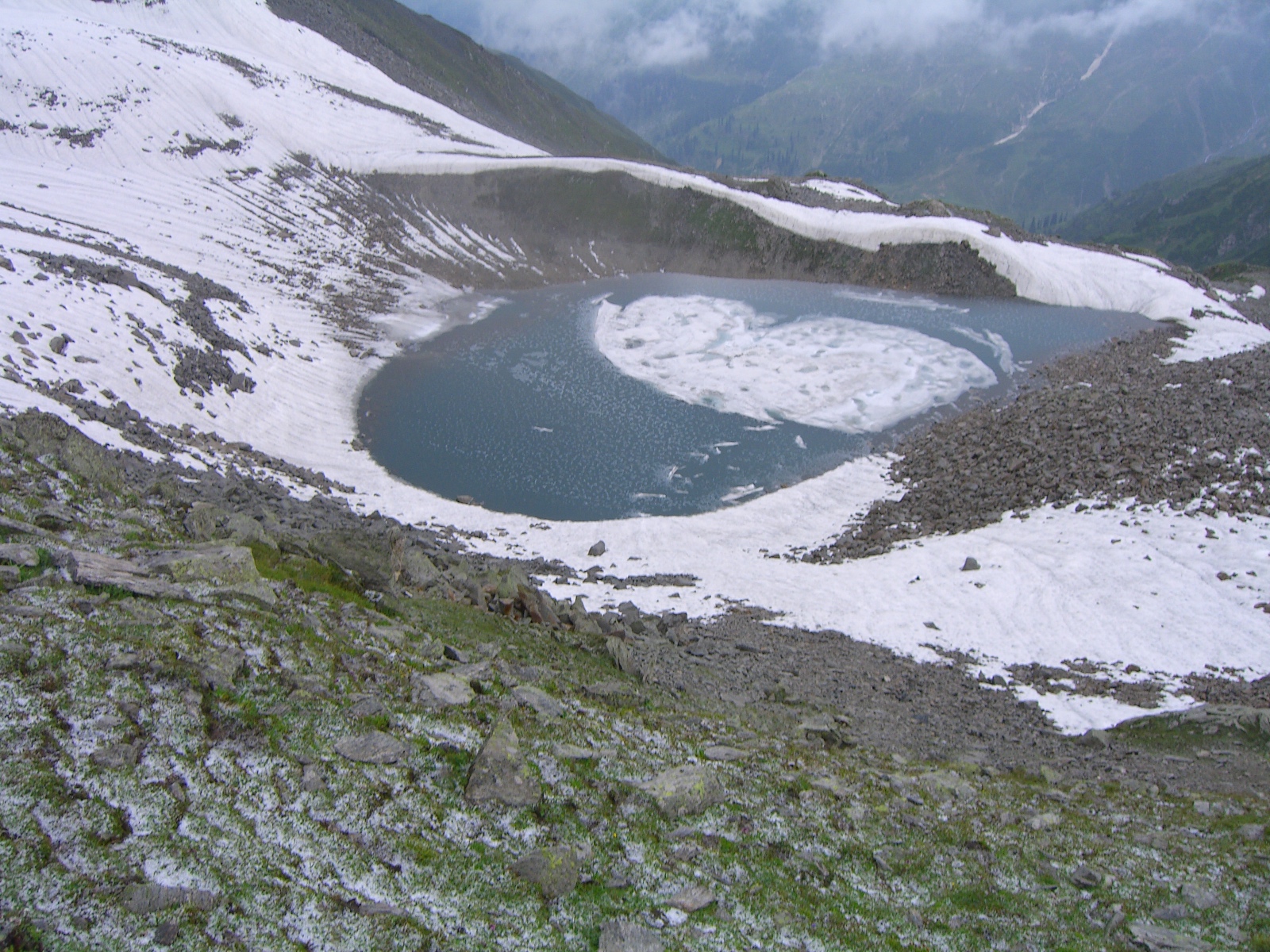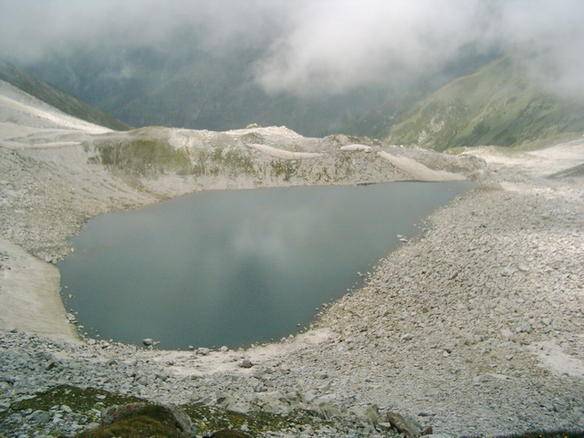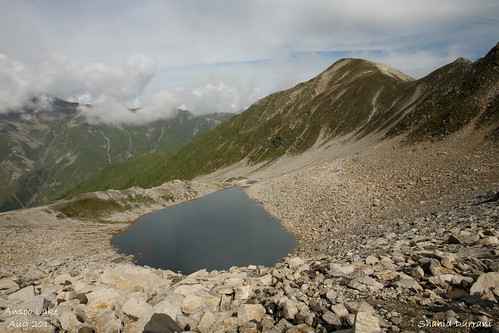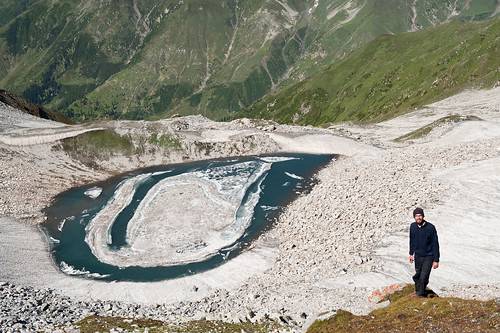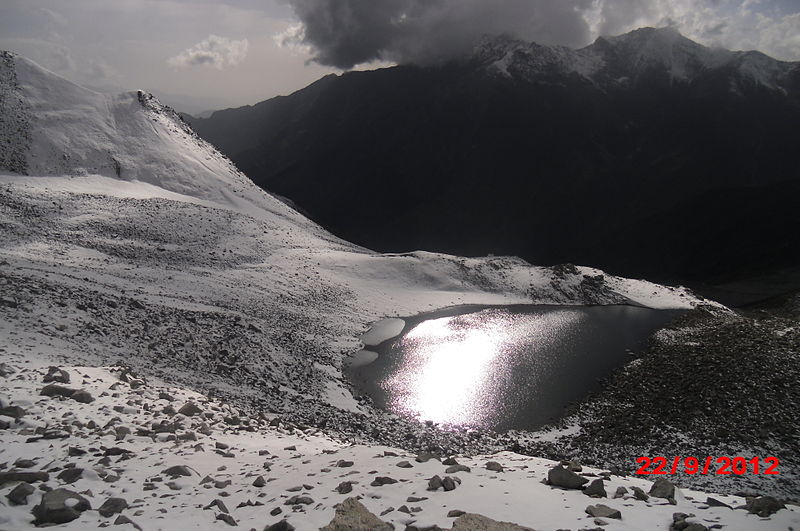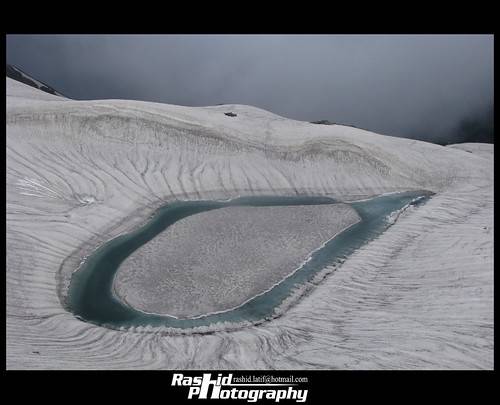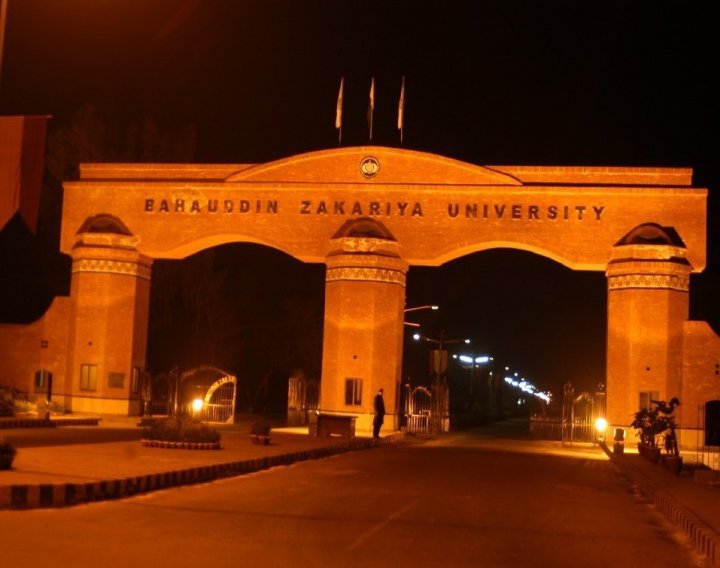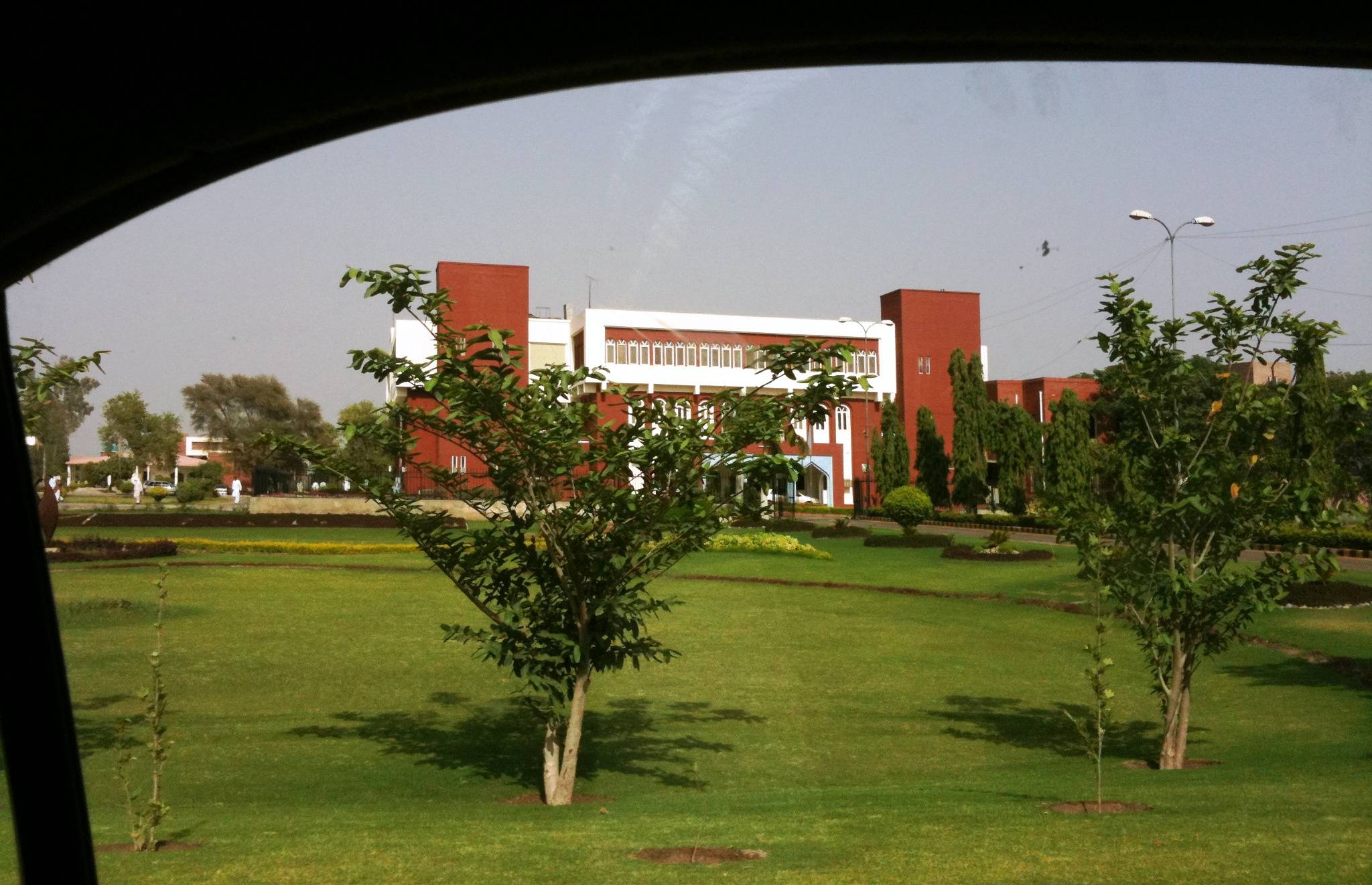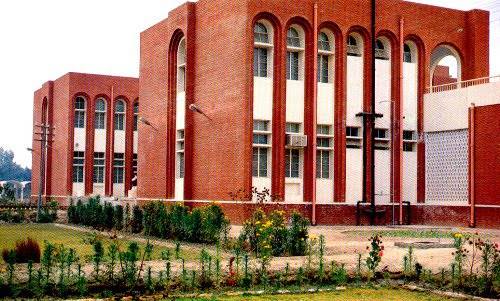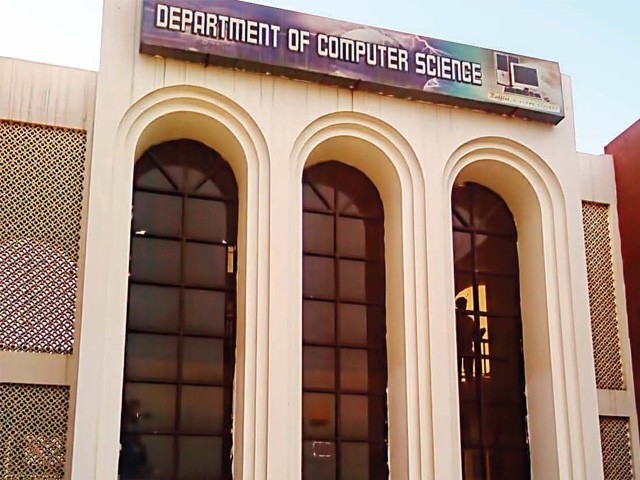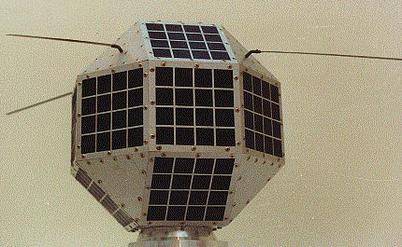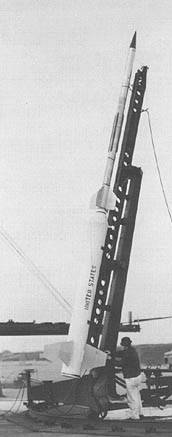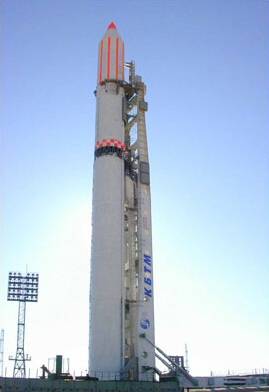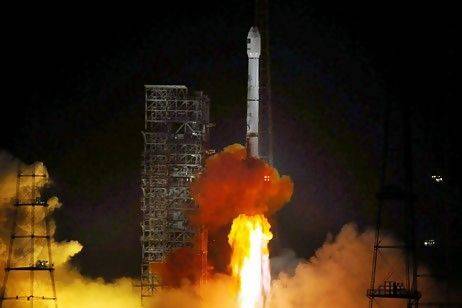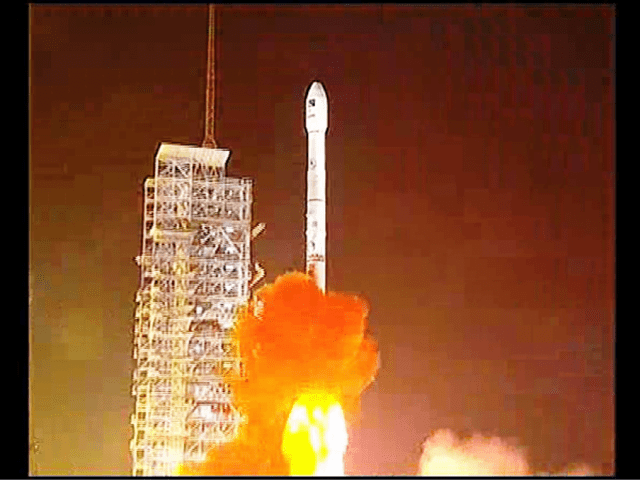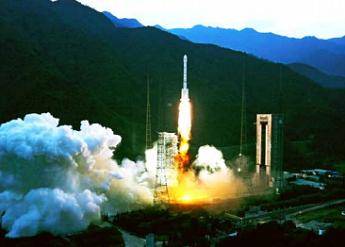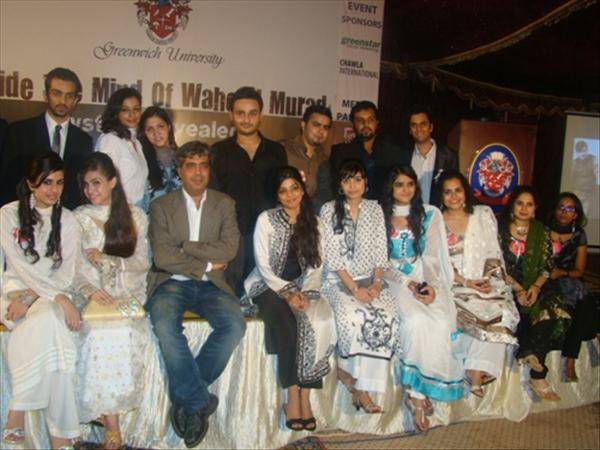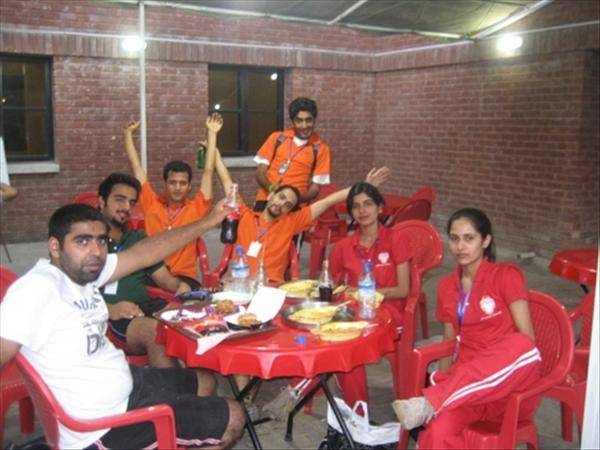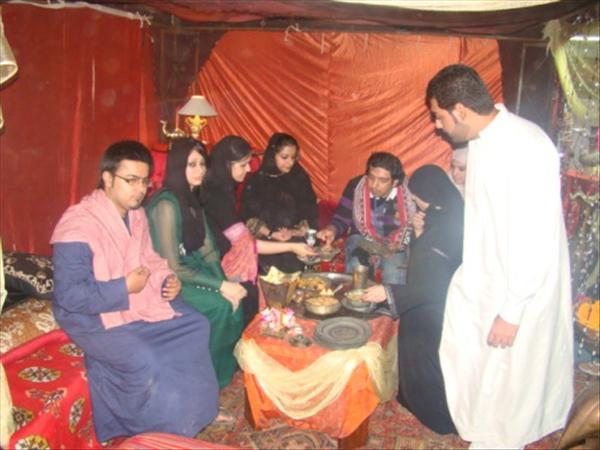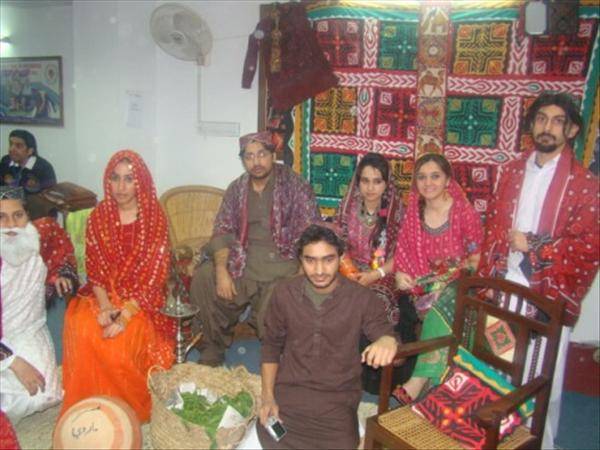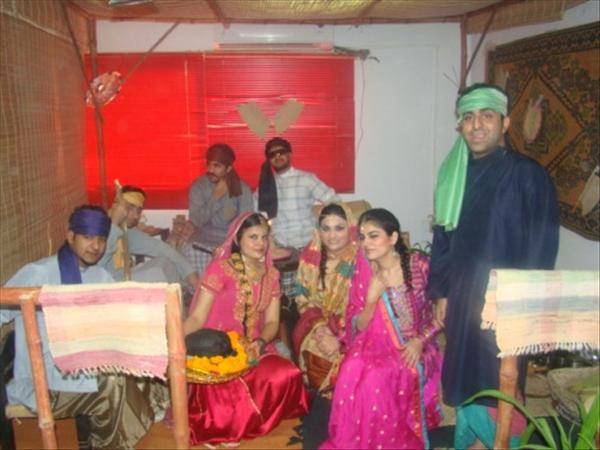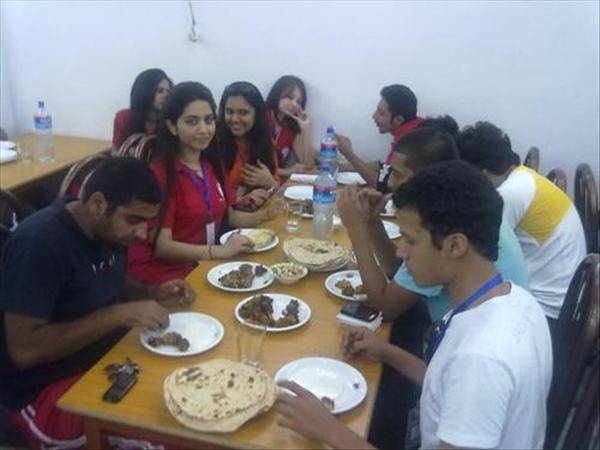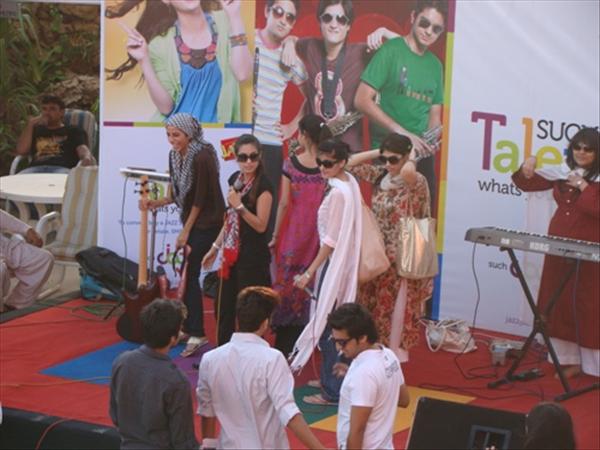keyboardwarrior
Winter is Coming ....
- Jan 11, 2014
- 227
- 29
- 66
- Thread starter
- #21
Pakistan National Field Hockey (National Sport of Pakistan)
Pakistan national field hockey team
The Pakistan National Field Hockey Team also known as the Green Shirts represent the Pakistan Hockey Federation (PHF) in international field hockey competitions. Field Hockey is the national sport of Pakistan. Pakistan has been one of the most successful teams in international competitions, having won a world record four Hockey World Cup titles. With 348 goals, Pakistan's Sohail Abbas holds the current world record for most international goals scored by a player in the history of international field hockey.
History
Hockey was originally brought to Pakistan under British rule, and like cricket soon became popular with the local population.
The Pakistan Hockey Federation came into being in 1948, following the independence and partition into Pakistan and India. Prior to this players from what is now Pakistan had competed internationally alongside players from what is now India. In the beginning, the Federation's membership included the Provincial Hockey/Sports Associations of West Punjab, East Bengal, Sindh, Balochistan, Khyber-Pakhtunkhwa, Bahawalpur & Services Sports Board. Pakistan played their first international in London when they defeated Belgium 2-1 in 14th Olympic Games hockey tournament on 2 August 1948.
The first President of PHF was Raja Ghazanfar Ali Khan with Baseer Ali Sheikh as Honorary Secretary. The Pakistan national side soon established a strong reputation in international competition, helping to mainatin interest in the game in Pakistan which assisted the growth of the Federation. However, no full-time central office or secretariat, as such, was established until the 1960s.
The office of the Pakistan Hockey Federation, located in National Hockey Stadium, Lahore, Lahore, was developed into a Secretariat in 1971. It was during the second term as president of Air Marshal M. Nur Khan from 1978 that Pakistani hockey entered something of a golden age. National Senior, National Junior and Women Hockey Teams were all competing internationally, increasing the work load of PHF Office and secretary Brigadier M.H.Atif tremendously.
On the personal initiative of Air Marshal M. Nur Khan, the FIH introduced the World Cup Tournament and the Champions Trophy Tournament, which are now rated amongst the major international tournaments, alongside the Olympics. At this time, Pakistan held all the major titles in men's international hockey.
However, the 1976 Olympics in Montreal had seen the introduction of artificial turf to international hockey competition. Pakistan was unable to build as many of the new pitches as the European nations or Australia and New Zealand and so the strength of the national side declined. It was after a lapse of 12 years that the Pakistan Hockey Team again started climbing and won the Champions Trophy and the World Cup with Air Vice Marshal Farooq Umar as president and Colonel Mudassar as secretary of the Federation
Domestic Hockey Teams of Pakistan
Baloch Lions
Capital Dynamos
Frontier Falcon
Northern Cavaliers
Shan-e-Punjab
Sindh Qalanders
Field hockey at the Summer Olympics
Pakistan has won the Men's Hockey Gold Medal in the Summer Olympics a total of three times in 1960, 1968, and 1984. Pakistan has also won 3 silver and 2 bronze medals.
Silver: 1956 – Melbourne, Australia
Gold: 1960 – Rome, Italy
Silver: 1964 – Tokyo, Japan
Gold: 1968 – Mexico City, Mexico
Silver: 1972 – Munich, Germany
Bronze:1976 – Montreal, Canada
Gold: 1984 – Los Angeles, USA
Bronze:1992 – Barcelona, Spain
Hockey World Cup
Pakistan has been the most successful team in the World Cup having won 4 golds in 1971, 1978, 1982 and 1994. They have come in second place twice.
Winner: 1971 – Barcelona, Spain
Runner-up: 1975 – Kuala Lumpur, Malaysia
Winner: 1978 – Buenos Aires, Argentina
Winner: 1982 – Mumbai, India
Runner-up: 1990 – Lahore, Pakistan
Winner: 1994 – Sydney, Australia
Hockey Champions Trophy
Pakistan has won the six nations Champions Trophy three times in 1978, 1980 and 1994. They have been runner-ups six times and they have also come in third place seven times.
Winner: 1978 – Lahore, Pakistan
Winner: 1980 – Karachi, Pakistan
Runner-up: 1983 – Karachi, Pakistan
Runner-up: 1984 – Karachi, Pakistan
Third place: 1986- Karachi, Pakistan
Runner-up: 1988 – Lahore, Pakistan
Runner-up: 1991 – Berlin, Germany
Third place: 1992 – Karachi, Pakistan
Winner: 1994 – Lahore, Pakistan
Third place: 1995 – Berlin, Germany
Runner-up: 1996 – Madras, India
Runner-up: 1998 – Lahore, Pakistan
Third place: 2002 – Cologne, Germany
Third place: 2003 – Amstelveen, Netherlands
Third place: 2004 – Lahore, Pakistan
Third place: 2012 - Melbourne, Australia
Asian Games
Pakistan has won the Asian Games eight times in 1958, 1962, 1970, 1974, 1978, 1982, 1990 and 2010; this is also the highest number of times a country has come first. They have also won 2 silver and 3 bronze medals.
Gold: 1958 – Tokyo, Japan
Gold: 1962 – Jakarta, Indonesia
Silver: 1966 – Bangkok, Thailand
Gold: 1970 – Bangkok, Thailand
Gold: 1974 – Tehran, Iran
Gold: 1978 – Bangkok, Thailand
Gold: 1982 – New Delhi, India
Silver: 1986 – Seoul, South Korea
Gold: 1990 – Beijing, China
Bronze:1994 – Hiroshima, Japan
Bronze:1998 – Bangkok, Thailand
Bronze:2006 – Doha, Qatar
Gold: 2010 – Guangzhou, China
Hockey Asia Cup
Pakistan has won the Asia Cup three times in 1982, 1985 and 1989. They have been runner-ups three times and have been in third place once.
Winner: 1982 – Karachi, Pakistan
Winner: 1985 – Dhaka, Bangladesh
Winner: 1989 – New Delhi, India
Third place: 1993 – Hiroshima, Japan
Runner-up: 1999 – Kuala Lumpur, Malaysia
Runner-up: 2003 – Kuala Lumpur, Malaysia
Runner-up: 2009 – Kuantan, Malaysia
Sultan Azlan Shah Cup
Pakistan has won the Sultan Azlan Shah Cup three times in 1999, 2000 and 2003. They have been runner-ups six times and have been in third place twice.
Runner-up: 1983 Sultan Azlan Shah Cup – Malaysia
Third place:1985 Sultan Azlan Shah Cup – Malaysia
Runner-up: 1987 Sultan Azlan Shah Cup – Malaysia
Runner-up: 1991 Sultan Azlan Shah Cup – Malaysia
Runner-up: 1994 Sultan Azlan Shah Cup – Malaysia
Winner: 1999 Sultan Azlan Shah Cup – Malaysia
Winner: 2000 Sultan Azlan Shah Cup – Malaysia
Winner: 2003 Sultan Azlan Shah Cup – Malaysia
Runner-up: 2004 Sultan Azlan Shah Cup – Malaysia
Third palce: 2005 Sultan Azlan Shah Cup – Malaysia
Runner-up: 2011 Sultan Azlan Shah Cup – Malaysia
Commonwealth Games
Bronze: 2002 – Manchester, England
Silver: 2006 – Melbourne, Australia
Asian Hockey Champions Trophy
Runner-up: 2011 – Ordos, China
Winner: 2012 – Doha, Qatar

Lahore and Karachi Hockey Stadiums
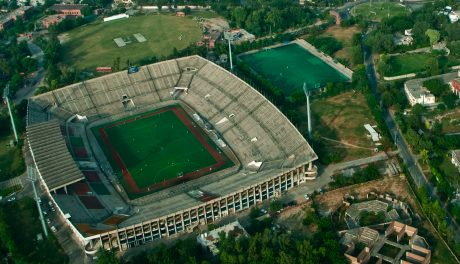





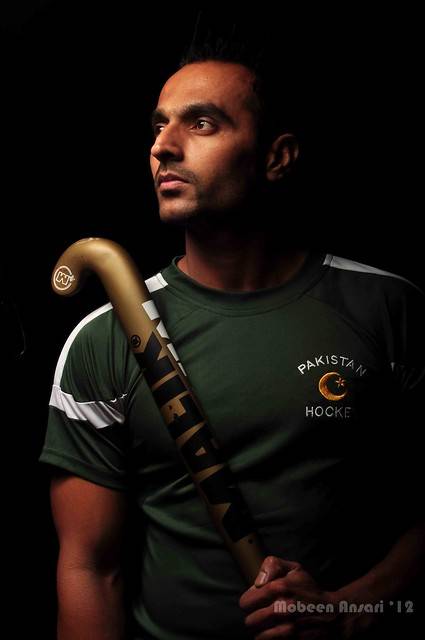


Both Stadiums with New Blue Turf



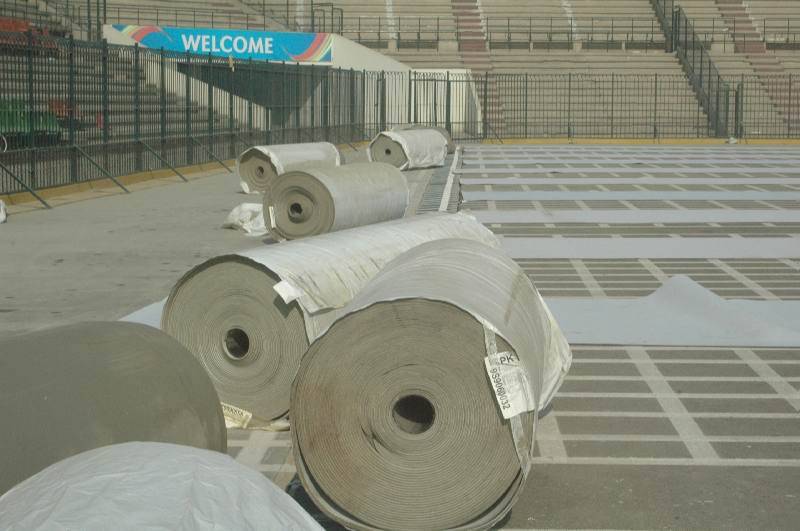
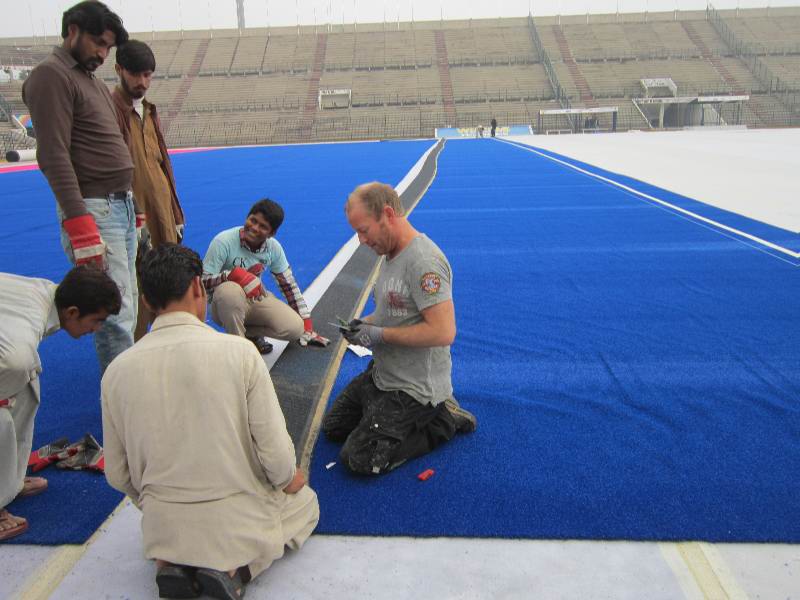

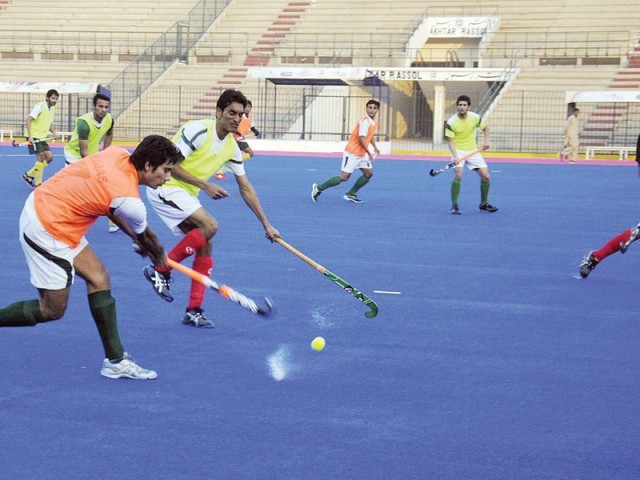


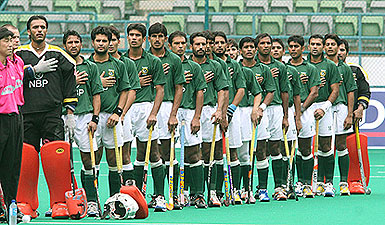

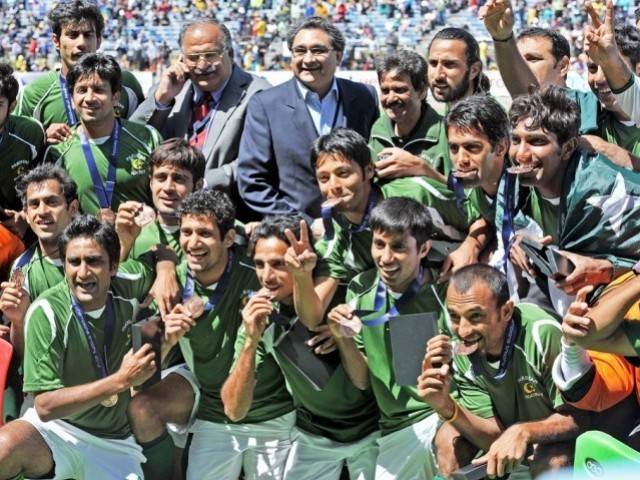



Pakistan national field hockey team
The Pakistan National Field Hockey Team also known as the Green Shirts represent the Pakistan Hockey Federation (PHF) in international field hockey competitions. Field Hockey is the national sport of Pakistan. Pakistan has been one of the most successful teams in international competitions, having won a world record four Hockey World Cup titles. With 348 goals, Pakistan's Sohail Abbas holds the current world record for most international goals scored by a player in the history of international field hockey.
History
Hockey was originally brought to Pakistan under British rule, and like cricket soon became popular with the local population.
The Pakistan Hockey Federation came into being in 1948, following the independence and partition into Pakistan and India. Prior to this players from what is now Pakistan had competed internationally alongside players from what is now India. In the beginning, the Federation's membership included the Provincial Hockey/Sports Associations of West Punjab, East Bengal, Sindh, Balochistan, Khyber-Pakhtunkhwa, Bahawalpur & Services Sports Board. Pakistan played their first international in London when they defeated Belgium 2-1 in 14th Olympic Games hockey tournament on 2 August 1948.
The first President of PHF was Raja Ghazanfar Ali Khan with Baseer Ali Sheikh as Honorary Secretary. The Pakistan national side soon established a strong reputation in international competition, helping to mainatin interest in the game in Pakistan which assisted the growth of the Federation. However, no full-time central office or secretariat, as such, was established until the 1960s.
The office of the Pakistan Hockey Federation, located in National Hockey Stadium, Lahore, Lahore, was developed into a Secretariat in 1971. It was during the second term as president of Air Marshal M. Nur Khan from 1978 that Pakistani hockey entered something of a golden age. National Senior, National Junior and Women Hockey Teams were all competing internationally, increasing the work load of PHF Office and secretary Brigadier M.H.Atif tremendously.
On the personal initiative of Air Marshal M. Nur Khan, the FIH introduced the World Cup Tournament and the Champions Trophy Tournament, which are now rated amongst the major international tournaments, alongside the Olympics. At this time, Pakistan held all the major titles in men's international hockey.
However, the 1976 Olympics in Montreal had seen the introduction of artificial turf to international hockey competition. Pakistan was unable to build as many of the new pitches as the European nations or Australia and New Zealand and so the strength of the national side declined. It was after a lapse of 12 years that the Pakistan Hockey Team again started climbing and won the Champions Trophy and the World Cup with Air Vice Marshal Farooq Umar as president and Colonel Mudassar as secretary of the Federation
Domestic Hockey Teams of Pakistan
Baloch Lions
Capital Dynamos
Frontier Falcon
Northern Cavaliers
Shan-e-Punjab
Sindh Qalanders
Field hockey at the Summer Olympics
Pakistan has won the Men's Hockey Gold Medal in the Summer Olympics a total of three times in 1960, 1968, and 1984. Pakistan has also won 3 silver and 2 bronze medals.
Silver: 1956 – Melbourne, Australia
Gold: 1960 – Rome, Italy
Silver: 1964 – Tokyo, Japan
Gold: 1968 – Mexico City, Mexico
Silver: 1972 – Munich, Germany
Bronze:1976 – Montreal, Canada
Gold: 1984 – Los Angeles, USA
Bronze:1992 – Barcelona, Spain
Hockey World Cup
Pakistan has been the most successful team in the World Cup having won 4 golds in 1971, 1978, 1982 and 1994. They have come in second place twice.
Winner: 1971 – Barcelona, Spain
Runner-up: 1975 – Kuala Lumpur, Malaysia
Winner: 1978 – Buenos Aires, Argentina
Winner: 1982 – Mumbai, India
Runner-up: 1990 – Lahore, Pakistan
Winner: 1994 – Sydney, Australia
Hockey Champions Trophy
Pakistan has won the six nations Champions Trophy three times in 1978, 1980 and 1994. They have been runner-ups six times and they have also come in third place seven times.
Winner: 1978 – Lahore, Pakistan
Winner: 1980 – Karachi, Pakistan
Runner-up: 1983 – Karachi, Pakistan
Runner-up: 1984 – Karachi, Pakistan
Third place: 1986- Karachi, Pakistan
Runner-up: 1988 – Lahore, Pakistan
Runner-up: 1991 – Berlin, Germany
Third place: 1992 – Karachi, Pakistan
Winner: 1994 – Lahore, Pakistan
Third place: 1995 – Berlin, Germany
Runner-up: 1996 – Madras, India
Runner-up: 1998 – Lahore, Pakistan
Third place: 2002 – Cologne, Germany
Third place: 2003 – Amstelveen, Netherlands
Third place: 2004 – Lahore, Pakistan
Third place: 2012 - Melbourne, Australia
Asian Games
Pakistan has won the Asian Games eight times in 1958, 1962, 1970, 1974, 1978, 1982, 1990 and 2010; this is also the highest number of times a country has come first. They have also won 2 silver and 3 bronze medals.
Gold: 1958 – Tokyo, Japan
Gold: 1962 – Jakarta, Indonesia
Silver: 1966 – Bangkok, Thailand
Gold: 1970 – Bangkok, Thailand
Gold: 1974 – Tehran, Iran
Gold: 1978 – Bangkok, Thailand
Gold: 1982 – New Delhi, India
Silver: 1986 – Seoul, South Korea
Gold: 1990 – Beijing, China
Bronze:1994 – Hiroshima, Japan
Bronze:1998 – Bangkok, Thailand
Bronze:2006 – Doha, Qatar
Gold: 2010 – Guangzhou, China
Hockey Asia Cup
Pakistan has won the Asia Cup three times in 1982, 1985 and 1989. They have been runner-ups three times and have been in third place once.
Winner: 1982 – Karachi, Pakistan
Winner: 1985 – Dhaka, Bangladesh
Winner: 1989 – New Delhi, India
Third place: 1993 – Hiroshima, Japan
Runner-up: 1999 – Kuala Lumpur, Malaysia
Runner-up: 2003 – Kuala Lumpur, Malaysia
Runner-up: 2009 – Kuantan, Malaysia
Sultan Azlan Shah Cup
Pakistan has won the Sultan Azlan Shah Cup three times in 1999, 2000 and 2003. They have been runner-ups six times and have been in third place twice.
Runner-up: 1983 Sultan Azlan Shah Cup – Malaysia
Third place:1985 Sultan Azlan Shah Cup – Malaysia
Runner-up: 1987 Sultan Azlan Shah Cup – Malaysia
Runner-up: 1991 Sultan Azlan Shah Cup – Malaysia
Runner-up: 1994 Sultan Azlan Shah Cup – Malaysia
Winner: 1999 Sultan Azlan Shah Cup – Malaysia
Winner: 2000 Sultan Azlan Shah Cup – Malaysia
Winner: 2003 Sultan Azlan Shah Cup – Malaysia
Runner-up: 2004 Sultan Azlan Shah Cup – Malaysia
Third palce: 2005 Sultan Azlan Shah Cup – Malaysia
Runner-up: 2011 Sultan Azlan Shah Cup – Malaysia
Commonwealth Games
Bronze: 2002 – Manchester, England
Silver: 2006 – Melbourne, Australia
Asian Hockey Champions Trophy
Runner-up: 2011 – Ordos, China
Winner: 2012 – Doha, Qatar

Lahore and Karachi Hockey Stadiums









Both Stadiums with New Blue Turf

















